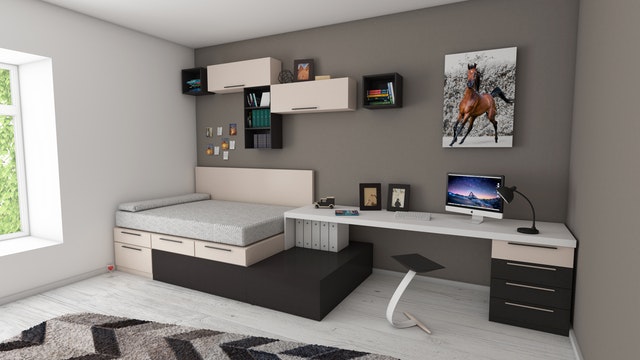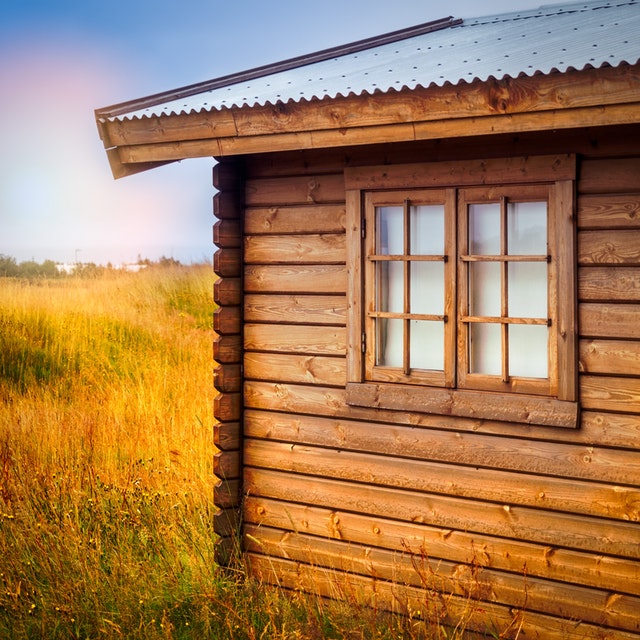Want To Buy A Home? Here’s How You Can Save Your Own Down Payment
 Burdensome student loan debt and a penchant for purchasing new electronics by 20- and 30-somethings can make saving up for a down payment on a home seem impossible. But Millennials and other potential home buyers may be surprised to discover that previous generations had money-saving challenges of their own.
Burdensome student loan debt and a penchant for purchasing new electronics by 20- and 30-somethings can make saving up for a down payment on a home seem impossible. But Millennials and other potential home buyers may be surprised to discover that previous generations had money-saving challenges of their own.
Consider for a moment that many of our valued elders did not have the level of opportunity to attend college and earn a high-paying job. Look further back and you may realize that the Greatest Generation suffered through the Great Depression only to fight World War II.
Somehow, these outstanding Americans found a way to save money and become homeowners. So can you. By employing these money management techniques, you can cull together a down payment and still enjoy the latest gizmo.
Do The Math On Savings
It doesn’t make a great deal of sense to mindlessly squirrel money away without a comprehensive savings plan.
First steps should include discussing your pre-approval limit with a mortgage professional. By knowing your mortgage threshold, you will be able to work backwards and calculate a down payment amount.
One tried-and-true savings approach remains the 20-30-50 financial disbursement method. Structure your spending so that 20 percent of your earnings are going directly into debt reduction or savings. Approximately 30 percent should cover rent and the other 50 percent can be allotted for incidentals.
Make certain the 20 percent consistently finds its mark each month. Once you have cleared out the debt and are going full-bore on saving for a down payment, it can be motivating to watch your goal become a reality.
Eliminate High-Interest Debt
According to reports, the average American carried upwards of $6,375 in credit card debt during 2017. Folks, that is simply too much to effectively save money for a home down payment.
The high interest rates everyday people incur from credit card debt remains a significant impediment to saving money. If you have several cards with high balances, there is no quick fix to this problem. It will fall on you to be disciplined and methodical about paying them off.
Start with the card that charges the highest interest rate and work diligently to eliminate its balance entirely. Once you clear out the worst interest-rate offender, move on to the second worst. As these debts fall, you will have an opening to shuffle funds into your down payment savings account. We call that winning.
Pick Up Part-Time Gigs
The down payment effort can be accelerated by creating an additional revenue stream.
A few years back, the idea of the “gig economy” was trending. Stringing together a series of short-term and part-time jobs was considered cool. Although the so-called gig economy may have been the byproduct of a business sluggishness, such is no longer the case.
These days, unemployment is at record lows and employers are chomping at the bit to hire people. Consider picking up a few hours each week doing something you enjoy. It could entail anything from bartending to working as a coffee house barista. Make it fun and make certain the money goes only toward your home down payment. Talk about a win-win.
With strategic financial planning, people of all walks of life can earn the American homeownership dream. It’s time to stop thinking about the generational obstacles. Adapt, overcome and make it happen.
Your trusted mortgage professional is just the expert you need to guide you through all of your home financing options.

 Downsizing at any stage of life can offer multiple benefits. Less square footage may come with a smaller price tag and usually means less space to clean. However, when downsizing a home, there’s usually the question of what to do with everything. That’s when creative storage ideas become essential.
Downsizing at any stage of life can offer multiple benefits. Less square footage may come with a smaller price tag and usually means less space to clean. However, when downsizing a home, there’s usually the question of what to do with everything. That’s when creative storage ideas become essential.  While the weather is still pleasant this fall, it can be a good idea to plan ahead for early spring blooms. Trim shrubbery, plant bulbs, install new edging or add whimsical garden accessories to assure that when spring rolls around you’ll have something attractive to look at. Getting creative now will boost your spirits when winter seems to last longer than it should!
While the weather is still pleasant this fall, it can be a good idea to plan ahead for early spring blooms. Trim shrubbery, plant bulbs, install new edging or add whimsical garden accessories to assure that when spring rolls around you’ll have something attractive to look at. Getting creative now will boost your spirits when winter seems to last longer than it should! What are some of the most important factors that buyers take into consideration when looking for a new home? There are the obvious things like price, square footage, location and lot size. Those are the basics. Other things that are often weighed are garage size, how updated the kitchen and baths are and whether or not the basement is finished.
What are some of the most important factors that buyers take into consideration when looking for a new home? There are the obvious things like price, square footage, location and lot size. Those are the basics. Other things that are often weighed are garage size, how updated the kitchen and baths are and whether or not the basement is finished. In the past, you’ve likely read about how the Millennial generation is opting to rent rather than buy property. While this still holds true for many Millennials, the fact is that a growing number of this generation is making the leap into buying.
In the past, you’ve likely read about how the Millennial generation is opting to rent rather than buy property. While this still holds true for many Millennials, the fact is that a growing number of this generation is making the leap into buying.